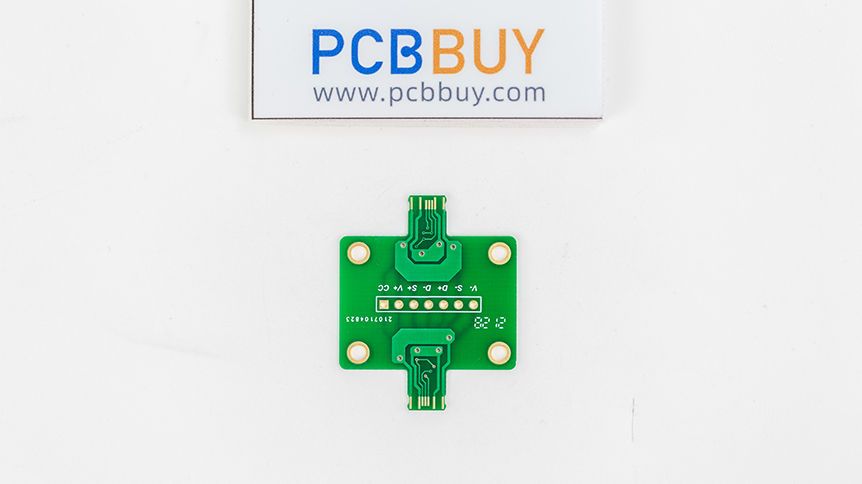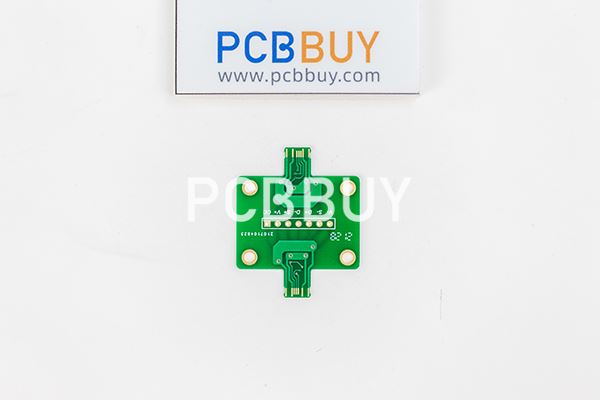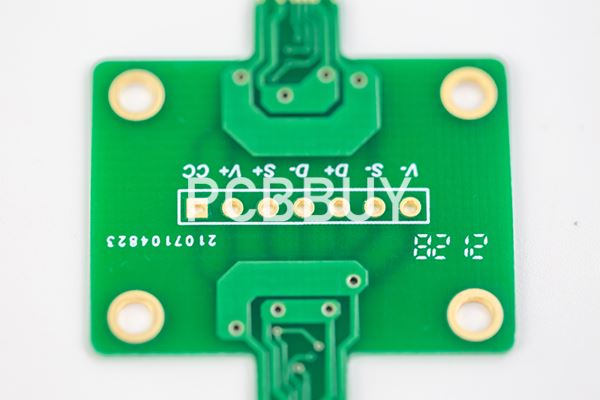why does a circuit board work
By:PCBBUY 12/15/2023 07:03

Circuit boards are an indispensable part of electronic devices. Their function involves interconnecting electronic components, enabling the flow of electricity to achieve the device's functionalities. So, why do circuit boards work? Let's delve into aspects such as the structure, design, and manufacturing processes of circuit boards to explain.
1. Structure of Circuit Boards
Firstly, let's examine the basic structure of a circuit board. Typically, a circuit board consists of a substrate, conductive layers, and electronic components. The substrate serves as the board's support structure, usually made of insulating materials like fiberglass, polyimide, etc. Conductive layers, usually copper foils, cover one or both sides of the substrate, forming conductive patterns through chemical processes. Electronic components are then connected to these conductive layers through methods like soldering, forming the circuit.
2. Designing Circuit Boards
The design of a circuit board is pivotal for its proper functioning. Designing a circuit board involves determining the types, quantities, and layout of electronic components on the board, as well as the patterns and connection methods of the conductive layers. This process requires specialized circuit design software, simulation, and testing to verify the design's correctness and feasibility.

3. Manufacturing Process of Circuit Boards
The manufacturing process of circuit boards significantly influences their functionality. This process involves several steps:
-
Board Fabrication: Transferring designed conductive patterns onto the substrate using techniques like photolithography to form the conductive layers.
-
Drilling: Creating holes at locations where multiple conductive layers need to be connected, forming vias.
-
Plating: Applying a layer of metal via techniques like electroplating to enhance conductivity at vias and conductive layers.
-
Soldering: Connecting electronic components to the conductive layers through methods like soldering.
-
Testing: Testing the manufactured circuit boards to ensure compliance with design specifications and quality standards.
4. Working Principle of Circuit Boards
The working principle of circuit boards can be summarized as follows: The insulating substrate segregates the surface copper foil conductive layers. This arrangement allows current to flow along predetermined paths through various electronic components, accomplishing tasks such as work, amplification, attenuation, modulation, demodulation, encoding, etc. Electronic components process and control the current flow to execute the device's functions.

5. Conclusion
In summary, circuit boards work due to their unique design and manufacturing processes, enabling the controlled flow of current along predetermined paths to achieve circuit functionalities. Additionally, materials and manufacturing techniques continually evolve to meet the evolving demands of electronic devices. Hence, attention to the quality and performance of circuit boards is essential to ensure the stability and reliability of electronic devices.
Industry Category











